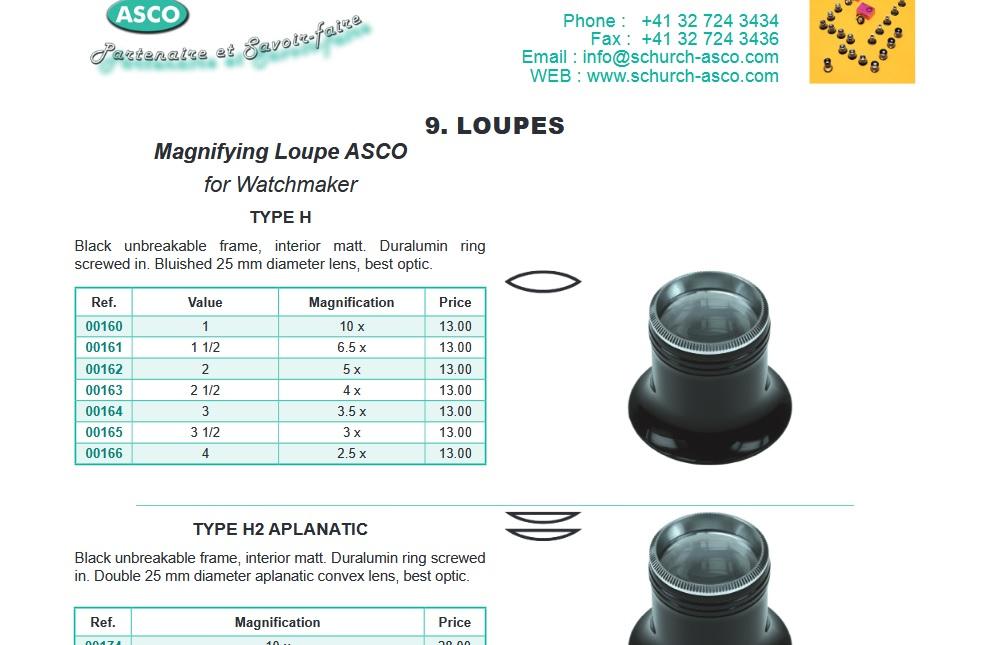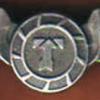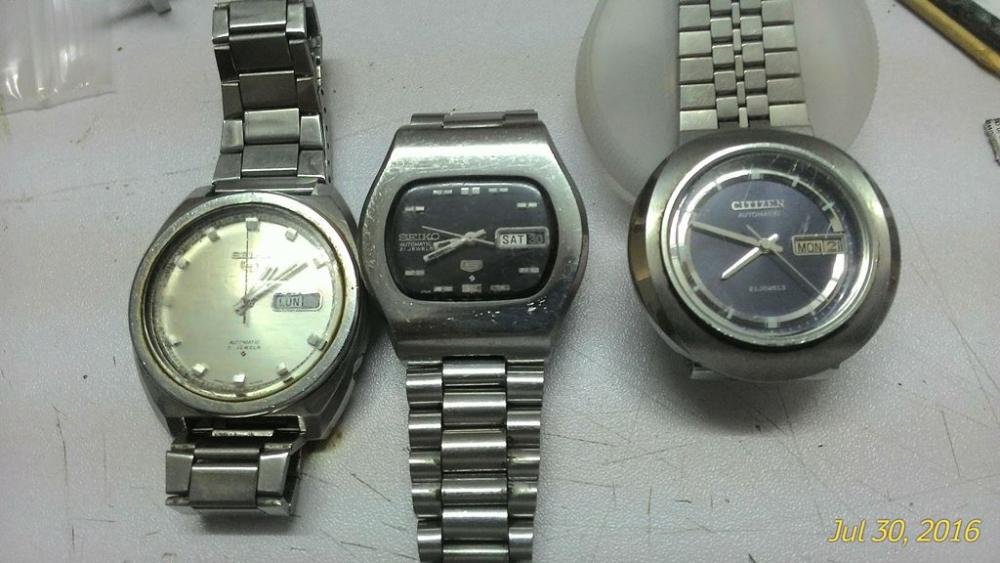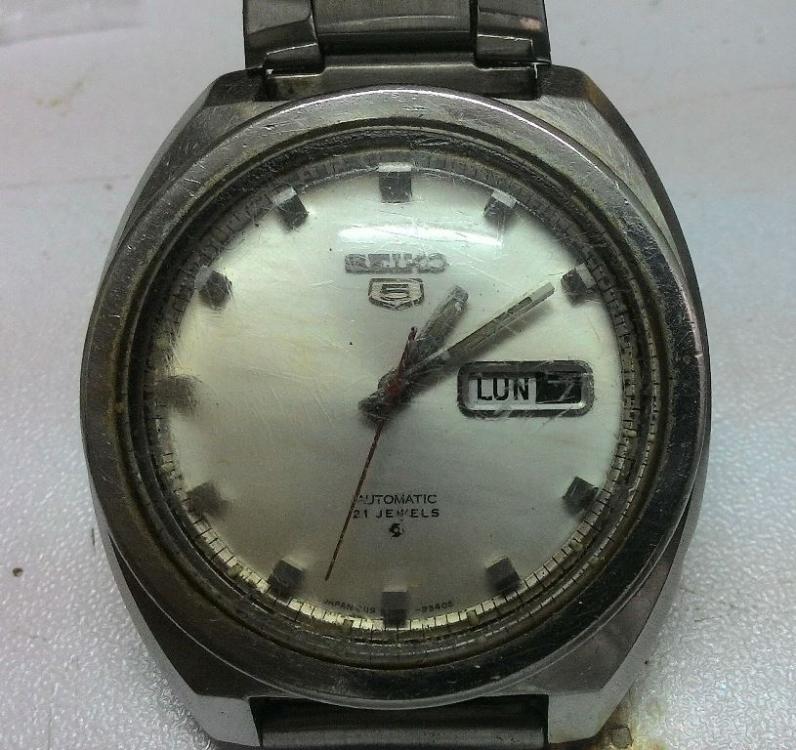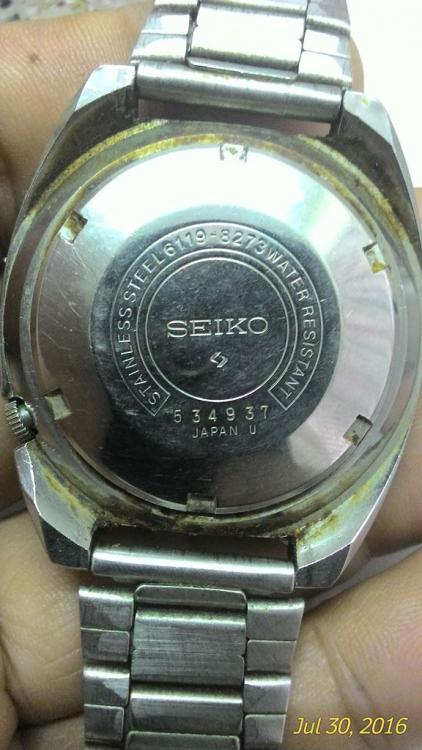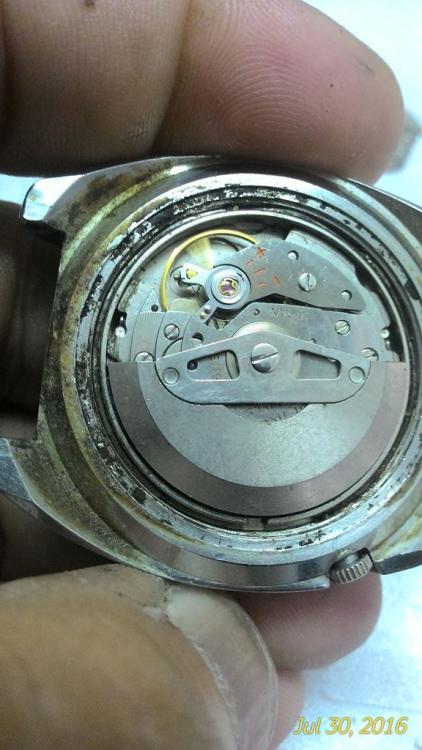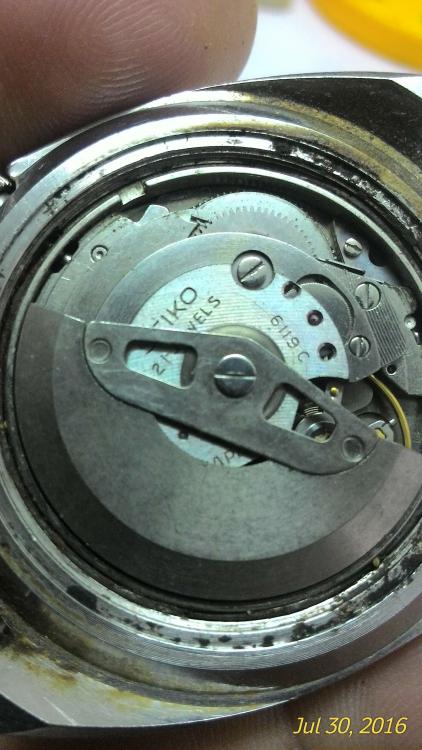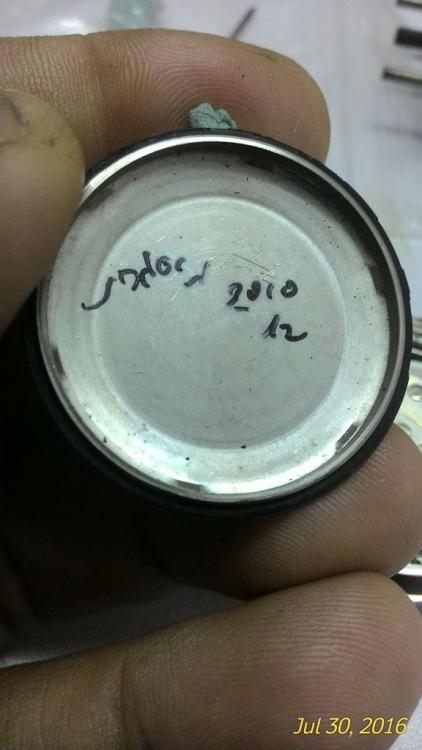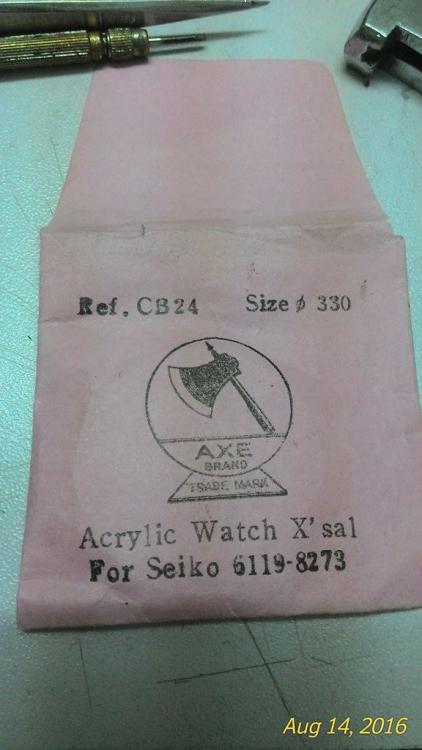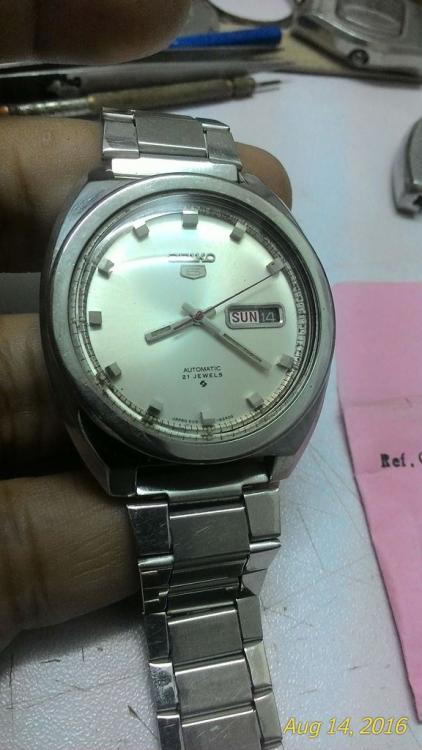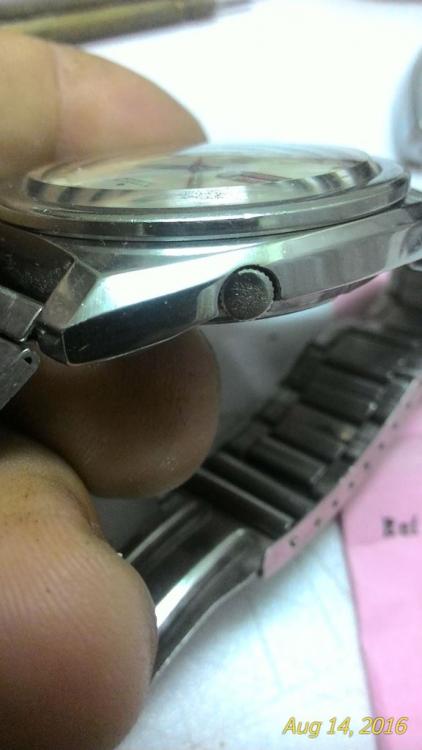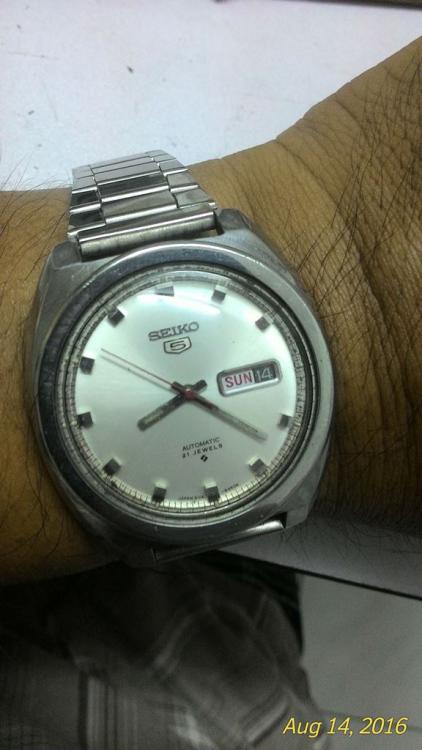Leaderboard
Popular Content
Showing content with the highest reputation on 04/03/19 in all areas
-
Well I'm no expert, but that won't stop me from chiming in, since I have taken an interest in failure rates of equipment (mainly because I was involved in computer repair and maintenance contracts for many years). The solar panels in watches, calculators and other small electronic devices have a relatively cushy time of it compared to the photo voltaic panels that might be on a rooftop. The watch panel is similar technology so their lifespan could realistically be stated as probably longer than outdoor PV panels. There is some data about solar panel PV technology, and these panels typically do degrade over time, however we are talking around of the order of 1% per year or less, so that gives a slow decay, which never quite reaches zero. Where that becomes a problem in a watch would be when the panel can no longer charge the battery, faster than the watch can discharge it, and that is not such an easy thing to estimate. The "battery" in some watches will die long before the panel does, simply because the technology in the battery is less robust. If you look at the early Seiko Kinetics, you will see that their "energy storage device" - a super capacitor of sorts, rather than a battery, has become unreliable over time, and there are quite a few of these watches turning up on ebay for buttons, because the replacement is more costly than the watch is worth. Seiko changed their "energy storage device" technology to something more akin to a LiPo battery (Seiko will not call this a battery, 'cos this is a watch that will never need its "battery" changed). This newer style of energy cell is more reliable, but it too has a limited working life. You can replace the older supercapacitor in this generation of watch, with this newer technology, "not a battery, honest guvnor.." battery, and realistically expect the watch to last another 15 to 20 years, assuming it doesn't die of some other cause. The estimates given by the watch manufacturers of 15 or 20 years for their solar watches, is therefore an estimate of the life of the watch, and that includes all of the failure points. Some will fail earlier, some later, but on average, they expect around 15 to 20 years of life. The mechanical life of such a watch is probably a similar time frame, so they will have factored that into their calculations. Swatch for example according to my recent correspondence with them, only warranty their "not disposable, honest, they 'aint, but not repairable either" watches for 2 years. This is presumably because they have set a price point, such that the mean time between failures is sufficiently low that failures in the first couple of years will make an insignificant dent in their profits. If they thought that the mtbf of their watches was way better than this, they would probably get their marketing team pushing a five, ten or even fifteen year warranty, but realistically 2 years presumably gives a very small number of failures, but that number increases to a significant percentage in the 3rd and subsequent years. By the time you hit twenty years, perhaps more than half will have failed mechanically. Another large percentage will have died of mechanical abuse, been dropped in a fish pond, left on a bus, be sitting gathering dust in a drawer, or whatever, and thus wont cause the manufacturer any further headaches. Getting back to the solar panels watches, these too will fail in similar manner, however solar panels also suffer from other aging factors. The material in the panel is a semi-conductor, exposed to daylight as well as other high energy particles. This will, over time degrade its properties. If you want to know more about specifically solar panel degradation, -> click here <- The failure rate of watches, like most things, will probably follow a rough bell curve. Very few in the first few years, rising as we reach the average lifespan, then dropping back off as fewer and fewer watches remain in the data set, until it eventually trails off and the last remaining watches keep going for an "unexpectedly long" time, which is in fact exactly what we should expect. So... should we wear the watch, and keep charging it, or leave it face down so as to not wear out the solar panel. In my opinion, you should wear it and enjoy it. The "enjoyed" lifespan of a well looked after watch will be longer than one that sits in a drawer. However if you wish to keep it in pristine condition, then you should also maintain it at the regular service intervals the manufacturer requires, assuming that unlike Swatch, you can in fact actually maintain it in any meaningful sense. The energy storage device will possibly suffer if deeply drained, and if the technology is similar to a lipo battery, (as is the case with the kinetics I referred to), as there is a risk in the drained state that copper dendrites will form and short out the cell. This will kill the watch by stopping it charging. There are other failure modes of these cells, and different lithium technologies, so this may not apply to all solar watches, but generally speaking most rechargeable battery technology works best and last longest if not deeply discharged. The solar panel on the other hand, would most probably need to be exposed to direct sunlight for much more than 20 years before its capacity to charge the battery faster than the watch can discharge it would be significantly impacted. The 1% energy loss per-anum compounded over 30 rather than 20 years, would leave the panel at 73.97% of its original capacity, which I suspect is plenty. If it originally needed a couple of hours in the sunshine each day to charge the battery, then after 30 years, it would need about two and three quarters. In summary.. don't worry too much about wearing the panel out, or wearing the "not a battery" out, just wear the watch outside and enjoy it.2 points
-
They are pretty useful too I have one in the office. I think the order of usefulness of different magnifiers goes something like this. With my naked eye, I can see the watch and tell the time. With my reading glasses I can appreciate the texture of the dial, and do simple tasks, like fit a winding stem and hands. With an additional pair of glasses I can lift and re-fit a balance, work with most bridges, align pivots and so forth. With the illuminated desk magnifier and my reading glasses, and some fine tweezers and a couple of pins I can do more delicate work, like sorting out hairsprings. With 2 pairs of 3.5 reading glasses (or a head magnifier or better still the 10x loupe) I can examine the general state of the pivots, judge the level of dirt on the jewels. With my optical microscope at its lowest magnification I can examine the actual wear on the pivots, jewels etc. With the next stage, I can see the surface detail of the metal finish on individual watch teeth, and the smallest of debris, and globs of gunk trapped between the teeth. The maximum optical magnification lets me see the structure of the fungal spores on the surface of the dial. ... and finally, with my naked eye I can see that this work area is in serious need of a tidy again. Fortunately this is generally *not* where I tend to work on the delicate stuff, but I know what my next task is.2 points
-
As part of my ongoing learning curve I am interested in finding out a bit more about the history of this clock. ( I hope the markings on the dial between the numbers are not Chinese characters!) The movement winds and runs but the hands seem to be loose and have a mind of their own. All in all a pretty clock (in my opinion)! Thanks1 point
-
the lume wont come if your using soaked peg wood or brush on the teeth, a dip and soak is a different story.1 point
-
Hi As Nucejoe explains without opening up the watch it is almost impossible to diagnose. So open it up and post some pictures please, regarding the crown, if you are meaning the winding stem crown, leave it un screwed and see if the watch runs ok. If thats ok it may be that the stem has been changed at some time and is a fraction over long and when screwed in its causing a bind within the movement keyless work.1 point
-
You wouldn,t know unless you open the back. If you can give it a full manual wind, record how long it runs on full wind. The MS may hold power up to some point, beyound which the spindle dislodges releasing all are some of the wind. A fault may be anywhere in the selfwinder mech plus the power reserve. This include the rotor bearing, winder module, reduction gear and the barrel. Reversers are especially sensative to use of proper oil. I am not sure if I correctly understand what you mean by" the crown is all the way screwed in the watch", dose the crown screw on stem tube ? A non native English speaker, here, so....1 point
-
They aren't rare but they are a bit scarce. I've read that they were only sold for a brief period in the JDM. The silver dial was priced higher than the black and it didn't go over well. For some reason, Casio chose to drop the silver dial rather than distribute it elsewhere. My silver dial version is posted elsewhere in this thread but I'm happy to post it again. I got lucky and found it on evilbay only a few moments after it was posted with a BIN price. I didn't quibble, I just bought it. Literally, mine is the only one I've ever seen in person. Good luck with your quest. I should mention that the 'apparent' scratch on the crystal at 10:00 is dog slobber. My Great Dane, Harley, has to sniff and lick my watch of the day. I failed to notice his drool prior to shooting the pic. In actuality, the crystal is perfect.1 point
-
I understand that. I wonder if I need to remove the hand first or bend it on the pivot as is? Looks not to matter, to re-glue the loose emblem anyway the hands and dial will have to come off. Now I'm off to buy a hand remover and more tools. This is getting interesting, I love it. Cheers1 point
-
Be aware that superglue and some optics don't get on very well. Some types of coated glass, camera lenses for example may be damaged by the cynoacrylate (superglue) fumes. Try to avoid getting it on acrylic crystals too, although it would probably be possible to polish small spots of superglue from the surface of an acrylic crystal. Use a pin to transfer the glue in to the spot you want. I tend to use the cheaper stuff, not just 'cos I'm cheap, before someone suggests that, but because it tends to be thin and watery, rather than thick and rubbery. It also tends to have a longer set up time, which is an advantage. Instantly setting things in the wrong position is a nightmare best avoided. Superglue is soluble in acetone, but then again, so are some dial finishes. Also, avoid cleaning up superglue spillage with cotton wool, or spilling it on your old frayed jeans... the results can be "interesting". I once accidentally superglued a small spot of my denim jeans to my leg, only to watch in amazement as a small whisp of smoke appeared followed by a stabbing pain from the resulting reaction. The reaction makes for some slightly peril laden fun though.1 point
-
I have a selection of loupes but really only use the 2.5 and 7.5 for closer work and inspection, very very occasionally a stronger one for close detailed inspection.1 point
-
The microscope is just a fairly conventional, if slightly ancient optical microscope, but I can illuminate from both above and below, which helps to give good contrast. I have an adapter that I fabricated a while back, which allows me to fix a Canon point and shoot camera in place of one of the eye pieces. It is in a box somewhere in the attic. I have yet to track it down following a house move over a year ago. Microscopes are another area where good controllable lighting is critical for good results. If you want to know a little more about this particular microscope, -> click here <-1 point
-
AMScope also has a range of affordable stereo microscopes. You might be able to get one in the range of $250USD, depending on what you want. We have a couple at work that we use for PCB rework and research and they're fine. Certainly not top quality, but functional. I find I can work for hours using them without issue.1 point
-
personally not a fan of eye loops i dont like using only one eye, i do use them for inspection and more tedious work, like staking a new staff, fitting jewels, escapement inspection, etc. Normal work i use a headband magnifier, up to 5x, because anything higher you have to get too close and head gear is banging into the table and blocking out my light. for extreme inspections like jewel holes, pivots, pivot polishing, i have a 4" led microscope from 50x up to 1000x. I can actually see surface texture of a pivot, i can even connect to computer monitor and take snap shots directly from the scope on an SD card. Purchased on ebay for $60 the best money i ever spent.1 point
-
Just buy different loupe’s and find what you are comfortable with. Our eyesight is precious; you do not want to strain your sight. If the loupe fogs up, drill a hole in the side.1 point
-
Eye loupes have a sort of standard progression of working distance/magnification. If you look at the image, the "value" is the working distance in inches. Your 10x has 1 inch, which is pretty tight, and you'd only use that for inspection not general work. Most people use something between 2.5x and 5x for general work, I mostly use a 3x. As you go to higher powers it becomes more critical that the loupe be at the right distance, as your eye compensates for the little variations and the weaker the easier, so higher powers can be fatiguing. If you get an unmarked loupe in an Ebay score or flea market, you can determine the focal length by focusing the sun (like we did as kids with a magnifying glass) and measuring the distance from lens to object. This is essentially the same as the working distance, and then you know the power.1 point
-
Thought I'd share some pics of the watch I worked on over the weekend. This Seiko was part of a lot of 3 watches off the bay...I was actually attracted to the Citizen but the other two Seikos were plus points as they had the 6119 movement which has to be my favourite Seiko movement. This Seiko was a bit beat up with a heavily scored crystal but the dial and hands looked good. In the picture below the chapter ring is a bit out of alignment. A bit weird as the ring is keyed to the dial in these models. Watch was running but would get a service nonetheless. Caseback looked to have escaped the attention of the butchers. Opening the caseback revealed a nice 6119 ticking away...no water damage evident, surprising looking at the case sealing area. It is a mess and it would not be possible to get a good seal here. Probably the watch was still running as it was serviced in 2010. Well the servicing of the movement went well with no hitches. I then turned my attention to the case. I was looking thru my parts stash for a 330 crystal I could use and found this..This would have been a typical replacement crystal here in Asia back in the day and has survived well. Not surprising it is the correct size and shape as its marked 6119-8273 on the packet! Crystal install went without any drama as the gasket was still serviceable. Sides were polished to get rid of the many little scratches. And here it is on my wrist! Couldn't do much about the condition of the chapter ring but at least its aligned properly! I really enjoy rescuing these watches and giving them a new lease of life. Hope you enjoyed the pics. Anil1 point








